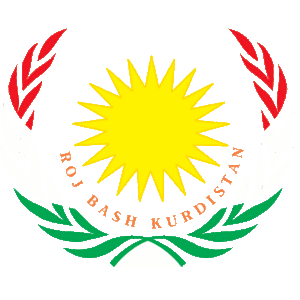ERBIL, Kurdistan Region - In their rush to profit from growing demand for mobile phone and Internet services in the Kurdistan Region, service providers have ignored international standards for building communications towers, exposing residents to potential health risks, environmental officials said.
“We are concerned about this issue. The towers do not meet international standards and they cause harm to the public health and environment,” said Hawraz Sheikh Ahmed, deputy head of the Kurdistan parliament’s Health and Environment Committee.
In the absence of local laws regulating the placement of communication towers in the autonomous Iraqi enclave, the Kurdistan Environment Directory utilizes international standards and Iraqi laws. But these have been largely ignored by service providers.
“Some of the companies have placed their towers without letting us know,” said Abdulrazaq Khaylani, technical director of the Kurdistan Environment Directory. “They have to be held accountable. Most of their towers have been placed incorrectly. They are causing negative impact on human health and the environment,” he said.
“Our directory is an observatory committee, therefore, we cannot investigate them. We do not have the authority to do so. The Environment Police has to do that, but we do not have such a police department,” he added.
According to official statistics, there are currently four mobile service carriers, 27 internet service providers, and several television and radio stations in the Kurdistan Region. They have a total of 4,000 towers, providing services to four million cell phone subscribers and 600,000 Internet users.
“So far only the Zain Group has implemented our instructions in placing its towers. Other than this particular provider, the rest of the towers are placed without observing our conditions,” Khaylani complained.
Former Iraqi environment minister Abdulrahman Sidiq acknowledged that, “The electromagnetic waves (from towers) have remarkable impact on human health and in developing certain brain, fertility, and memory diseases.”
But he added that, “Research is still ongoing in this area, without any certain conclusion on the effects of the radiofrequency waves from the cellular towers.”
Sidiq said that according to international standards, “The height of the building on which the tower is placed must be no less than 15 meters, the tower must be placed in a circle in which its radius must be no less than 10 meters, and the rooftop must be concrete.”
Also, the distance between the tower and humans must be no less than 12 meters, and if there are schools nearby, the tower must be no less than 20 meters away, said Sidiq, adding that more developed countries are looking into installing a new generation of towers that radiate less waves.
Another condition for service providers is to obtain the consent of residents of an area before installing a tower.
Osman Salih, a resident of Erbil who was never asked for consent before a tower was placed in front of his house, said, “We did not say a word! Who would listen to us?!”
Currently in the Kurdistan Region there are many cellular towers in the residential areas, some on rooftops. The Kurdistan parliament has received several complaints about the placement of cellular towers from residents.
Karwan Raza, director of Erbil’s Communication and Postal Services said that currently 75 percent of the communication means operate via radiofrequency towers in the enclave.
He added that, while the number of towers is on the rise, there is a plan to reduce the spread through underground fiber optic lines providing Internet services to homes and offices.
Welcome To Roj Bash Kurdistan


Communications Towers in Kurdistan Ignore World Standards, P
1 post
• Page 1 of 1
1 post
• Page 1 of 1
Return to Kurdistan Today News (Only News)
Who is online
Registered users: Bing [Bot], Google [Bot]

















